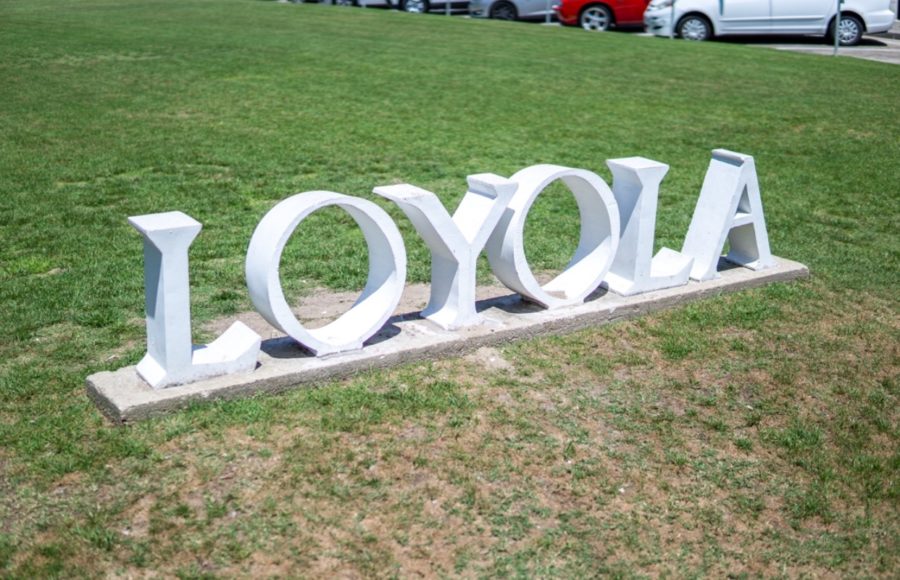No patron of the C-Store has failed to notice that it sells goods at higher prices than what one might find off campus. In case my previous column confused any of you, I shall prove that I am not an Austrian economist by analyzing empirical data to estimate the amount of this premium.
Aside from enduring suspicious looks from store personnel and the awkward feeling most men experience while surveying the feminine supplies section of the supermarket, this question was easy to answer. Fortunately, I need not invent a methodology: measuring prices in different markets is its own science and has ensured full employment for economists for at least a century. One assembles a figurative “basket” of goods and calculates the cost of those goods based on the prices in different markets. In practice, determining what should go into these baskets requires extensive surveying and causes systematic errors.
Happily, I can assume away these errors, primarily because this is not a peer-reviewed economics journal, but also because the ratio of the C-Store’s prices to Rouses Supermarket’s prices is quite consistent across several kinds of goods. My “basket” included such items as cold cuts, bananas, cheese, milk, junk food, canned soup and toiletries. Excluding two items, bananas and Campbell’s Soup-On-Hand, which were extreme outliers, $1 of goods at Rouses consistently cost about $1.37 in the C-Store. The only items with the same price in both stores are the large, nine-ounce bags of potato chips.
One might object and point out that the C-Store sells goods in small quantities and that students would prefer to purchase goods in larger (but not warehouse-club) quantities to receive a bulk discount. Indeed, Rouses often did not carry a product in the small quantity sold in the C-Store, and I was forced to record the price of a larger package of the identical product. I did not include these items in the aforementioned index, but instead included them in a “bulk” index. $1 of goods purchased “in bulk quantities” would cost about $2.09 in the C-Store, although I stress that this relationship is not very consistent.
Some students may be alarmed by this price disparity, especially given that Loyola pays Sodexo to provide dining services (This amount was $5.5 million in 2009.). It is well known that supermarkets ordinarily endure small margins and stay profitable by moving large volumes. The C-Store, however, is a business of small volumes.
Thus, it is somewhat unfair to compare the C-Store to a supermarket. Whatever premium the C-Store charges is seemingly a worthy expense for the large percentage of my classmates shopping there in their pajamas.
Edward Seyler can be reached at [email protected]











